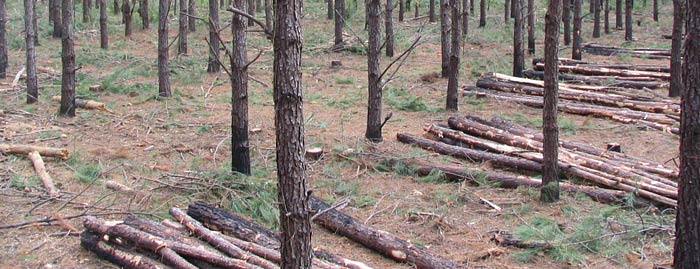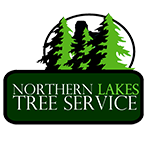Tree Removal Service
Trees are essential. They play a pivotal role in our communities, yet we often overlook or underestimate their contributions. You might see a tree in your backyard, along sidewalks, or in a neighbor’s yard, each one different in height, trunk size, and leaf color. But have you ever truly considered how valuable these natural giants are?
Since the beginning of time, trees have provided humanity with basic necessities—food and oxygen. Over centuries, their role has expanded, now providing shelter, building materials, and medicine. These magnificent, enduring structures can live for thousands of years, continually benefiting our communities. But what if a tree starts to exhibit problems or even pose risks?

When Should You Consider Removing a Tree?
Deciding to remove a tree is often difficult. For many, it’s either a deep-rooted attachment to nature or a lack of knowledge that makes this choice challenging. To help guide you, here are several key indicators that suggest it might be time to remove a tree:
-
Structural Damage
If a tree shows signs of structural damage—such as wounds or cracks, especially on the trunk—it could be suffering from internal decay. The extent of this damage will often determine whether the tree needs to be removed. Severe trunk damage generally means removal is necessary for safety.
-
Wood-Decay Fungus at the Trunk’s Base
Although not all mushrooms around trees indicate disease, wood-decay fungus often points to significant internal rot. To determine if this is the case, it’s best to consult a professional arborist who can inspect the tree and provide guidance.
-
Dead or Hanging Branches
Dead or dangling branches are an immediate safety hazard. These limbs can fall due to weather or the tree’s natural instability, risking property damage, injury, or even fatalities. This is one of the clearest signs that a tree may need removal.
-
A Leaning Tree
Trees that lean are generally more hazardous than those standing upright. A sudden lean often signals root breakage or weakening, which means the tree could fall unexpectedly, posing a significant threat to nearby structures and people.
-
Growth Near Power Lines or Power Poles
Trees growing too close to power lines or poles create substantial risks. In the event of a short circuit or storm, they can lead to power outages or even fires, endangering both property and personal safety.
Making the Right Decision for Your Community
While trees add tremendous value to our social and community life, any that pose serious risks should be considered for removal. Tree removal requires precision, expertise, and specialized equipment, making it a task best left to professionals. If you suspect your tree is struggling, reach out to a certified arborist who can assess and advise on the safest course of action.
For reliable, affordable tree services in North Idaho and surrounding areas, contact Northern Lakes Tree Services.
